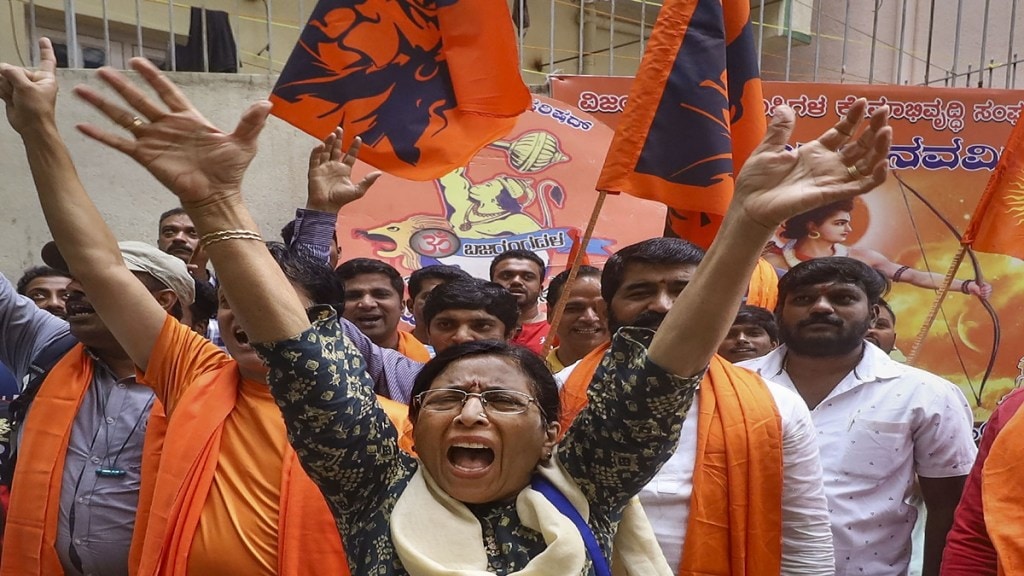On Saturday, May 12, Aishwarya Thatikonda, an Indian citizen, 27, died in Allen, Texas, United States. She was visiting a mall with a friend, a usual weekend pastime. She was killed, reportedly, by Mauricio Garcia, a former security guard. Seven other persons were also killed. The killer did not know any of the eight victims and he had no motive against any of them.
Scouring the social media pages of Garcia, it was found that he was a white supremacist. The colour of the skin, white, he apparently believed, made the race superior to people of colour — black, brown, yellow or mixed — and therefore a cause to hate them. There is no scientific, evolutionary, biological, anatomical, empirical or rational explanation to support the theory that white people are superior to people of any other colour in any field. The world’s best athletes are black. The world’s largest bank belongs to the Chinese. The world’s largest oil company belongs to the Arabs. Indians are the largest producers of cotton, milk and films.
Hark back to Nazism
White supremacy is not a new phenomenon. The Nazis considered white Germans a superior ‘master race’ and they looked upon people of other races — black, Slavs, Roma, Jews and other ethnic groups — as inferior. Fascists believed in ultra-nationalism but in course of time, absorbed racist ideas and became antisemitic. The Nazis and the Fascists were comprehensively defeated in World War II by an alliance of forces belonging to many races.
White supremacy is not the only supremacist theory around. There is religious supremacy, casteist supremacy, linguistic supremacy and so on. India is home to every kind and sub-kind of supremacist theory. Caste and sub-caste hierarchies and casteist supremacists have prevailed for centuries until reformists such as Basaveswara, Jyotiba Phule, Narayana Guru, EVR ‘Periyar’ Ramaswami, Babasaheb Ambedkar and others campaigned relentlessly against caste. Yet the scourge of caste grips India.
Supremacists get impetus
Religious supremacy has got a new lease of life thanks to the believers in Sanatana Dharma, the RSS, the BJP and the many Hindutva organisations. However, until the advent of the Narendra Modi government, the Indian State remained, by and large, secular. Jawaharlal Nehru, born in a patrician Brahmin family and who became India’s first prime minister, preached and resolutely upheld secularism. B R Ambedkar, born in a Dalit family, crafted a Constitution that declared India will be a secular state. The Constitution protected the minorities and their rights against a possible dominance or exclusion by the Hindus who were — and are — an overwhelming majority. Save a few aberrations, the State and religious institutions were separate for over 60 years. The Muslims, Christians, Sikhs, Jains, Buddhists, Parsis, Jews and non-believers, although they suffered discrimination in social life, felt safe against the power of the State. The State did not practice discrimination against religious minorities. In cases of discrimination, the judges struck down the State’s action and upheld secularism. Most Hindus respected religious diversity. Political parties played by the rules.
Slide into tribalism
All those seem to be things of the past. Secularism has become a discredited word. Many political parties seem to vying with each other to identify themselves with one religion or another, even as their leaders profess secularism. The rapid descent into religion-based politics was witnessed in the just-concluded elections in Karnataka. A reference to the Bajrang Dal, a strong-arm political outfit that indulges in hate speech and often violence, was twisted as a reference to Bajrang Bali (devotees of Lord Hanuman). The BJP desperately tried to convert the political contest into a contest between the worshippers of Lord Hanuman and others. None other than the Hon’ble Prime Minister began and ended his election speeches with the slogan ‘Jai Bajrang Bali’. BJP’s campaign took a dangerous turn when it appealed to voters to chant ‘Jai Bajrang Bali’ before they cast their votes. This was an egregious violation of the election laws and a supine Election Commission did absolutely nothing about it. Karnataka’s population has 12.92% Muslims and 1.87% Christians (Census 2011). Snubbing them, the BJP did not field a Muslim or Christian candidate in any of the 224 constituencies. BJP’s leaders openly said “we do not want the votes of Muslims”. The unstated theme of its campaign was ‘Hate non-Hindu, vote Hindu’.
Mr Satyapal Pal Singh Baghel, a minister in the Union government, captured the unarticulated views of BJP cadres when he said, “Tolerant Muslims can be counted on fingers…..Even that is a tactic. People keep talking about the Constitution’s basic structure and how it cannot be tinkered with. The basic structure of this nation is that of Akhand Bharat Hindu Rashtra before 1192.” And he is the country’s minister for law and justice!
As far as I know, not once has the leadership of the BJP condemned the lynching of Muslims, the vandalising of Christian churches, the threats to young couples or the violence unleashed by vigilante groups. Religious supremacists are on the rampage. Karnataka’s voters have the first opportunity to stop the dangerous slide into tribalism and save democracy from religious supremacists. When you read this column on Sunday, you will get a clue to what the future holds.

